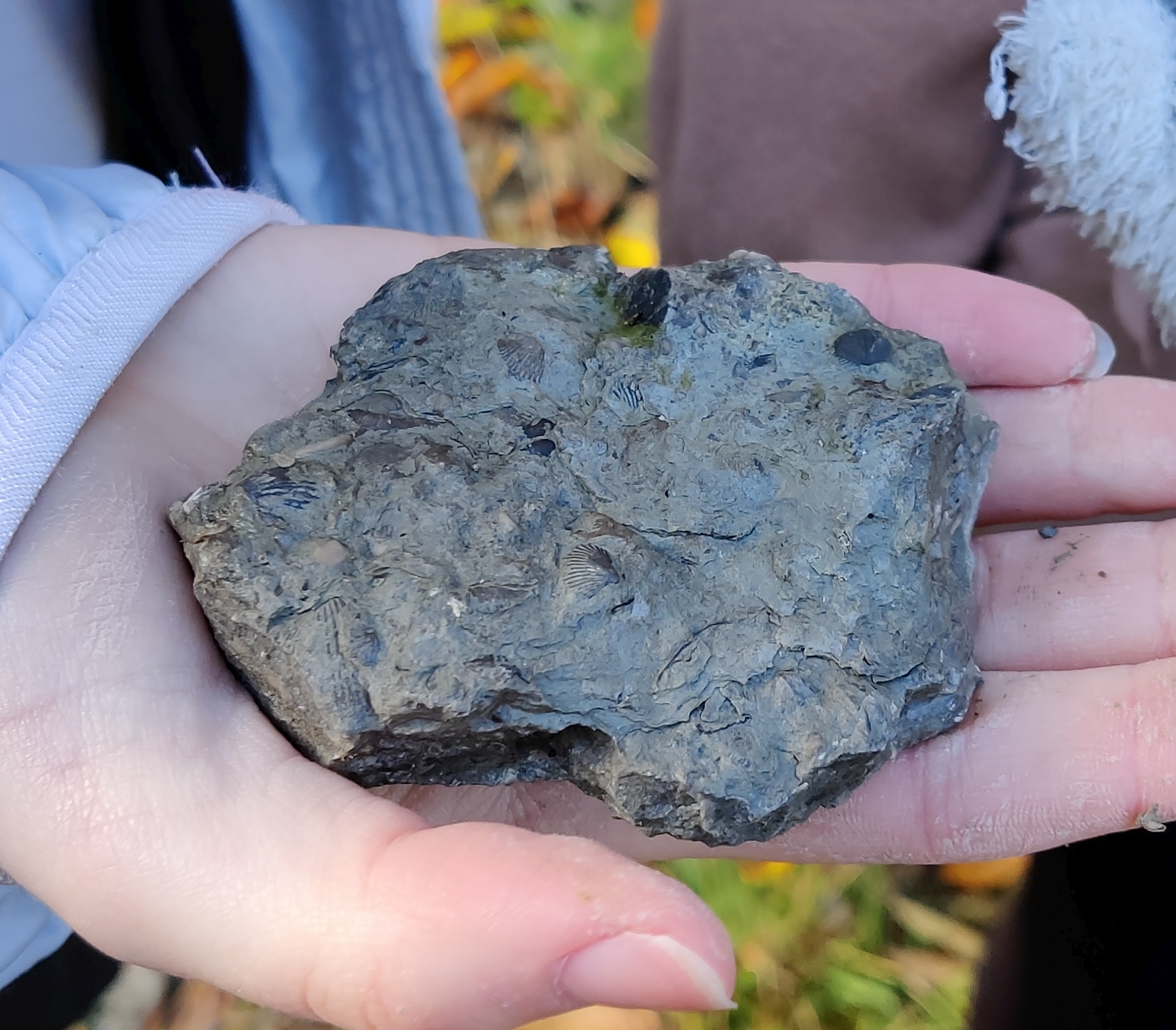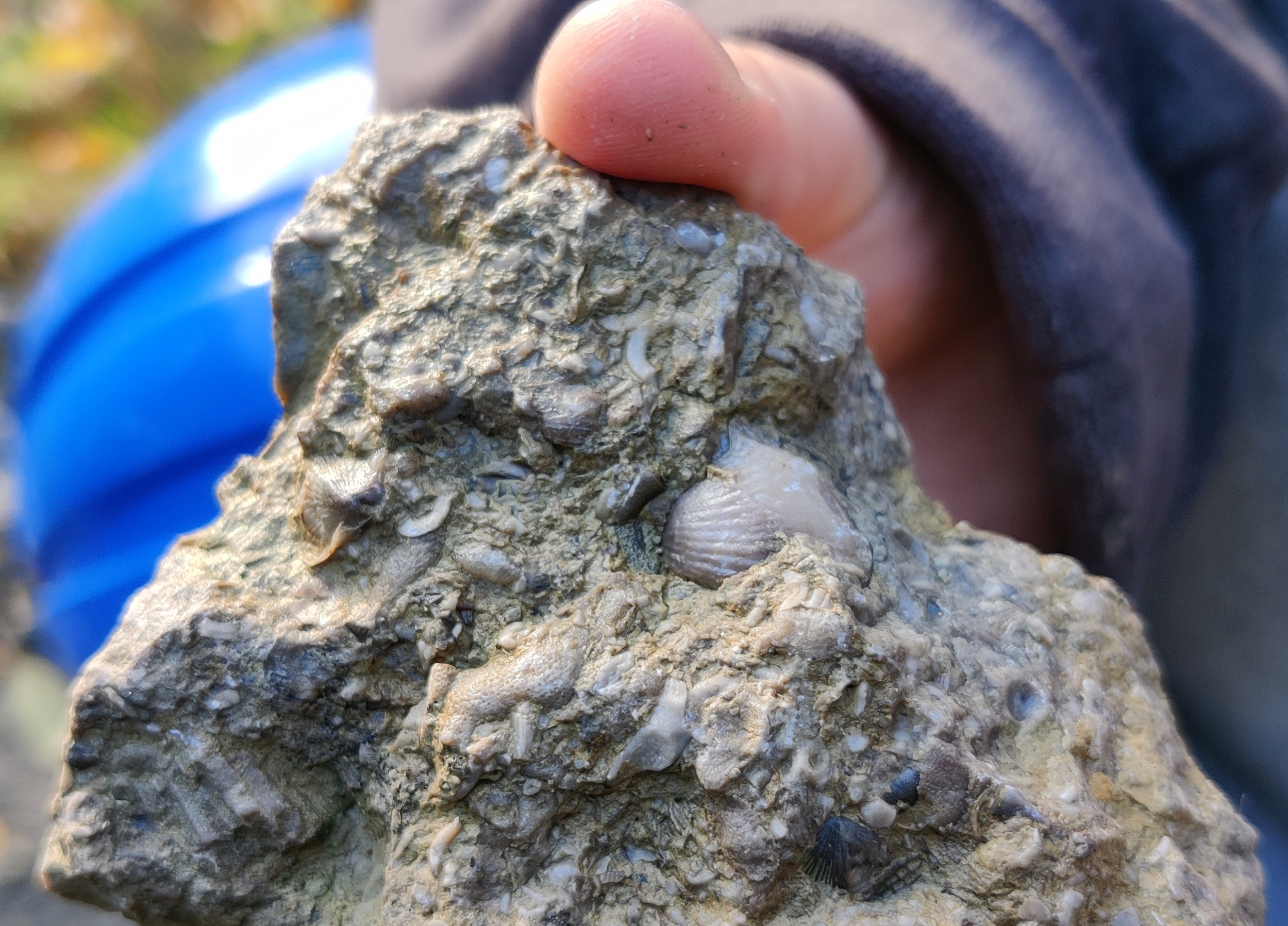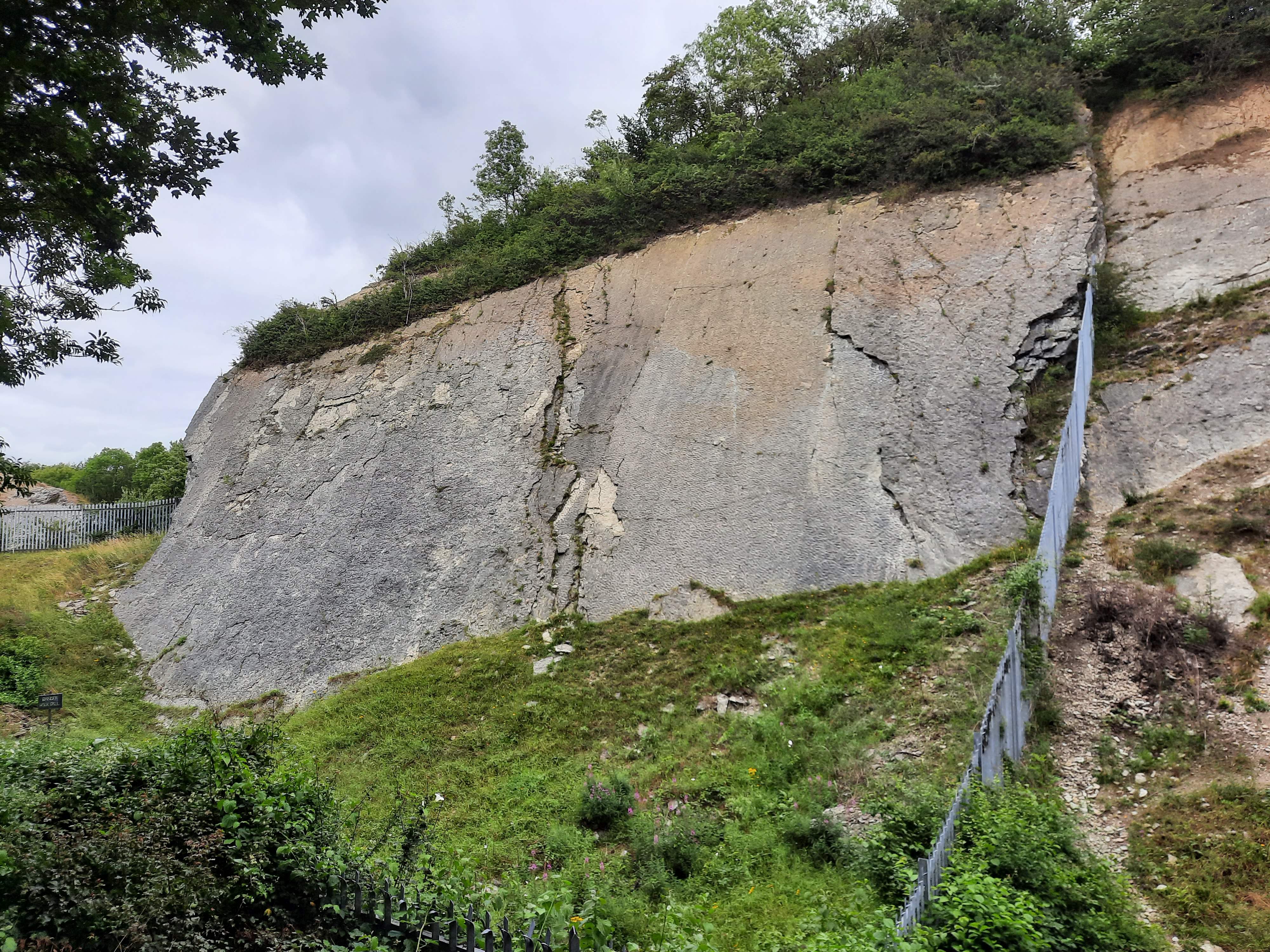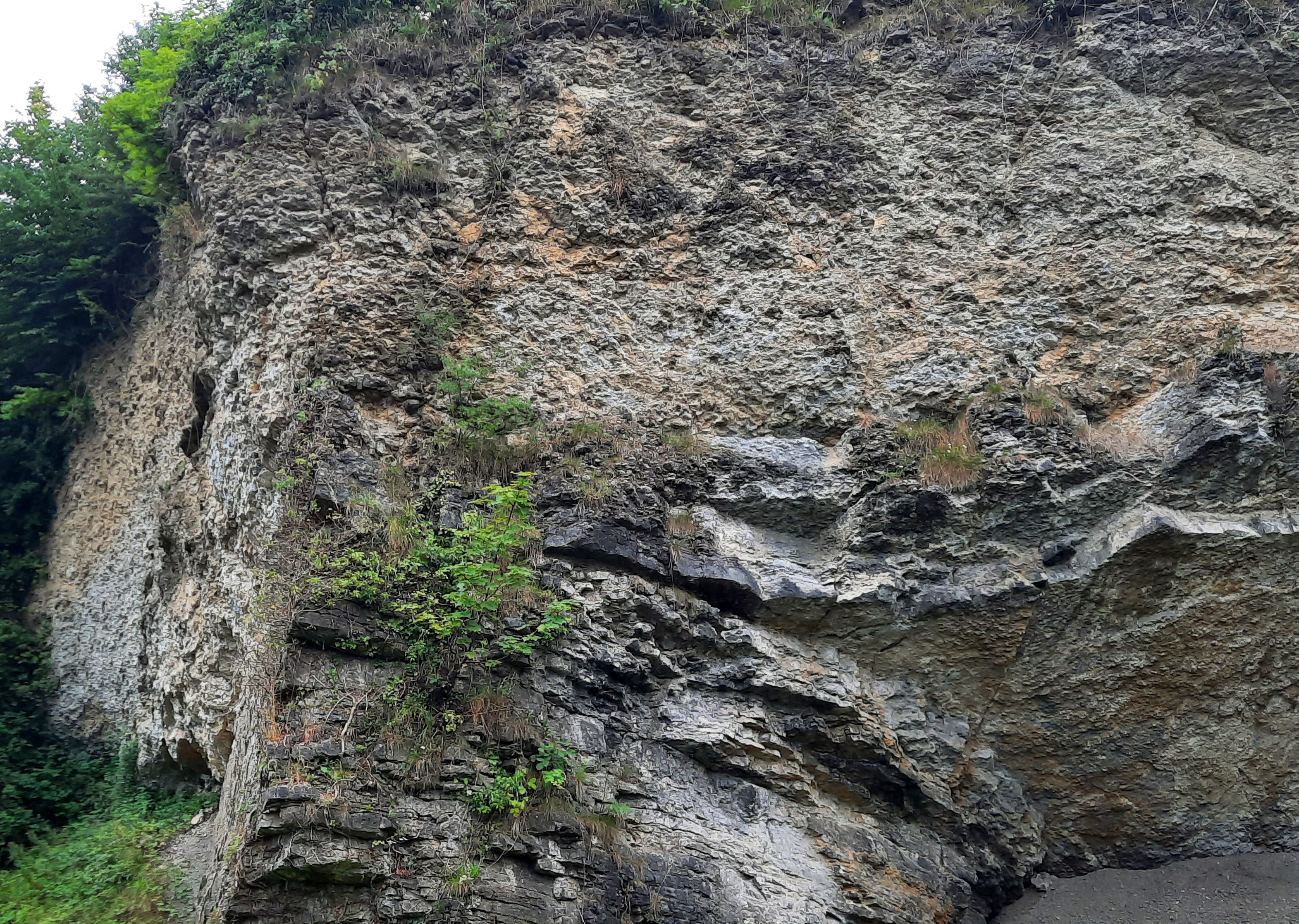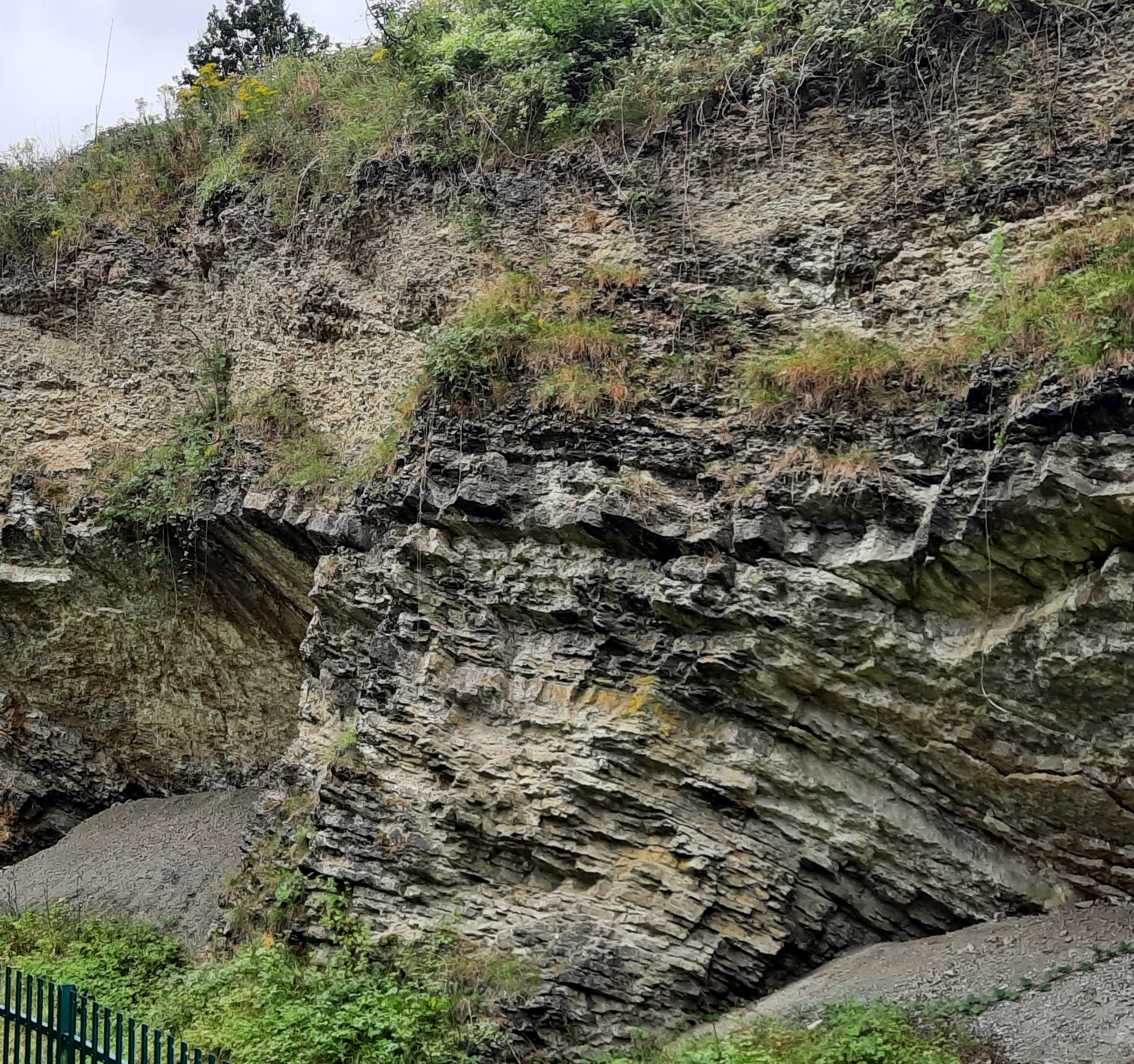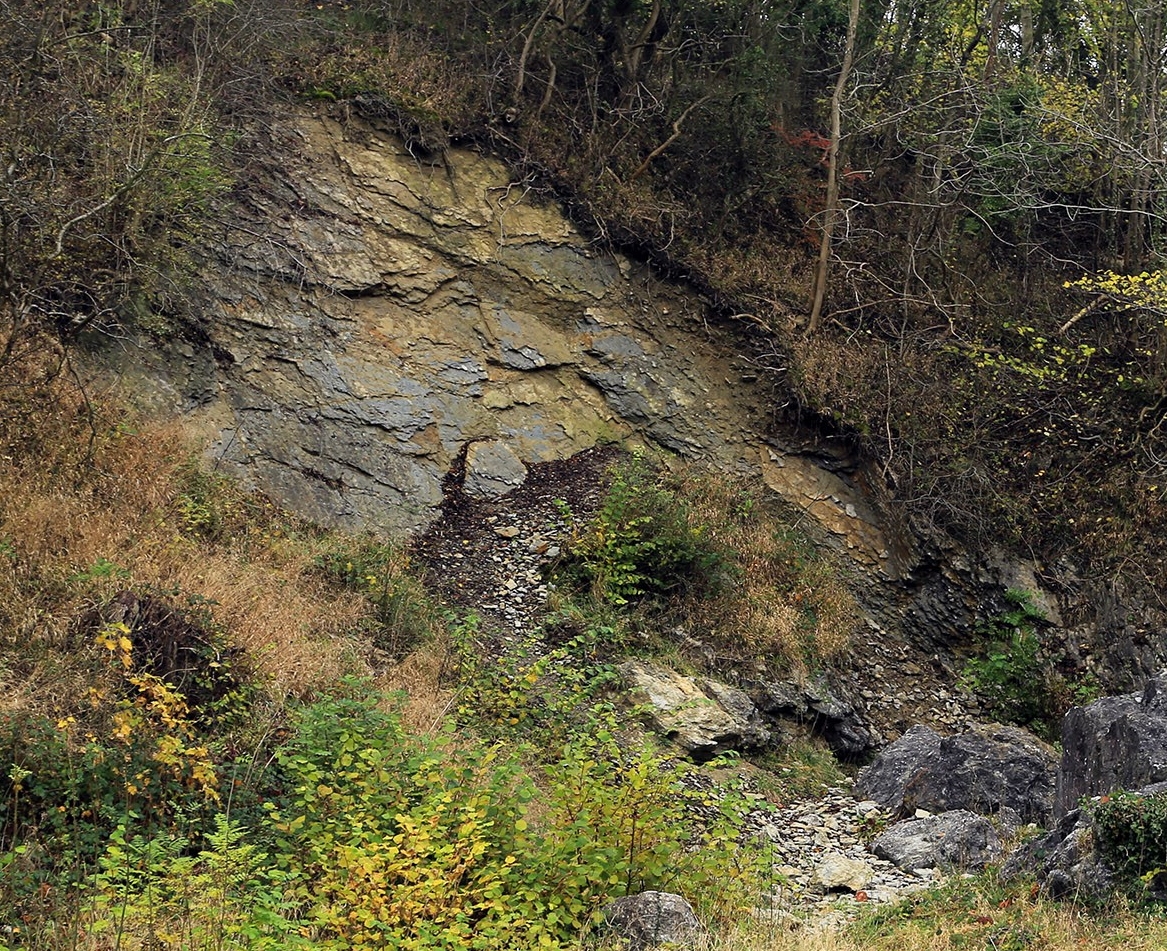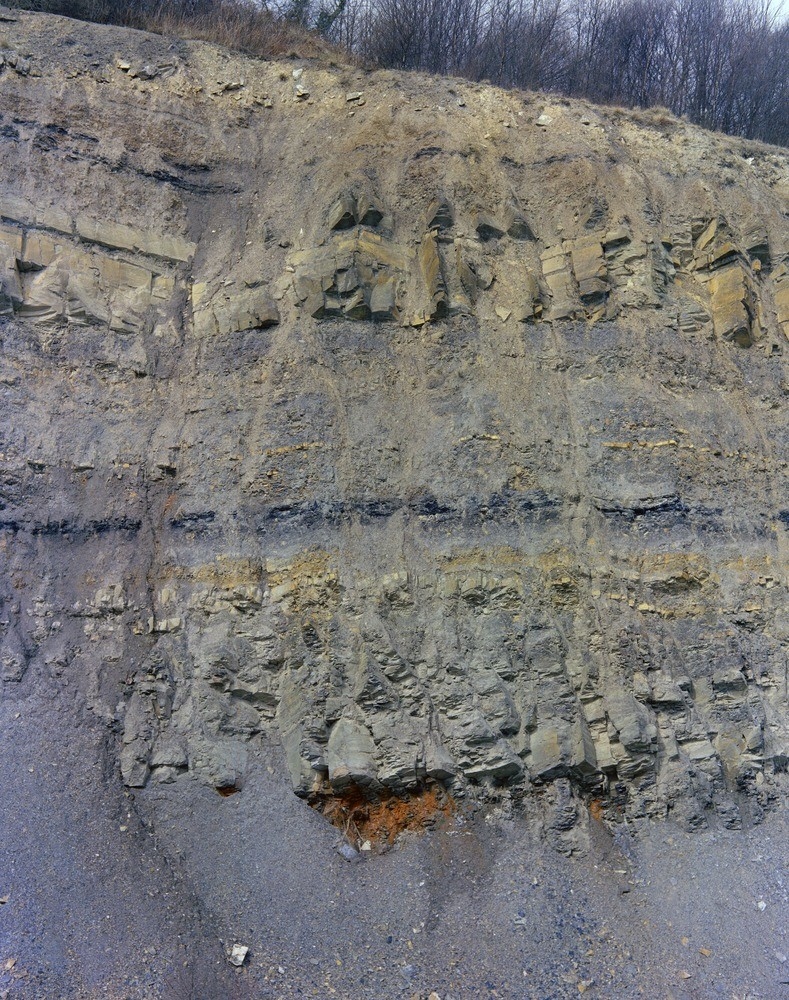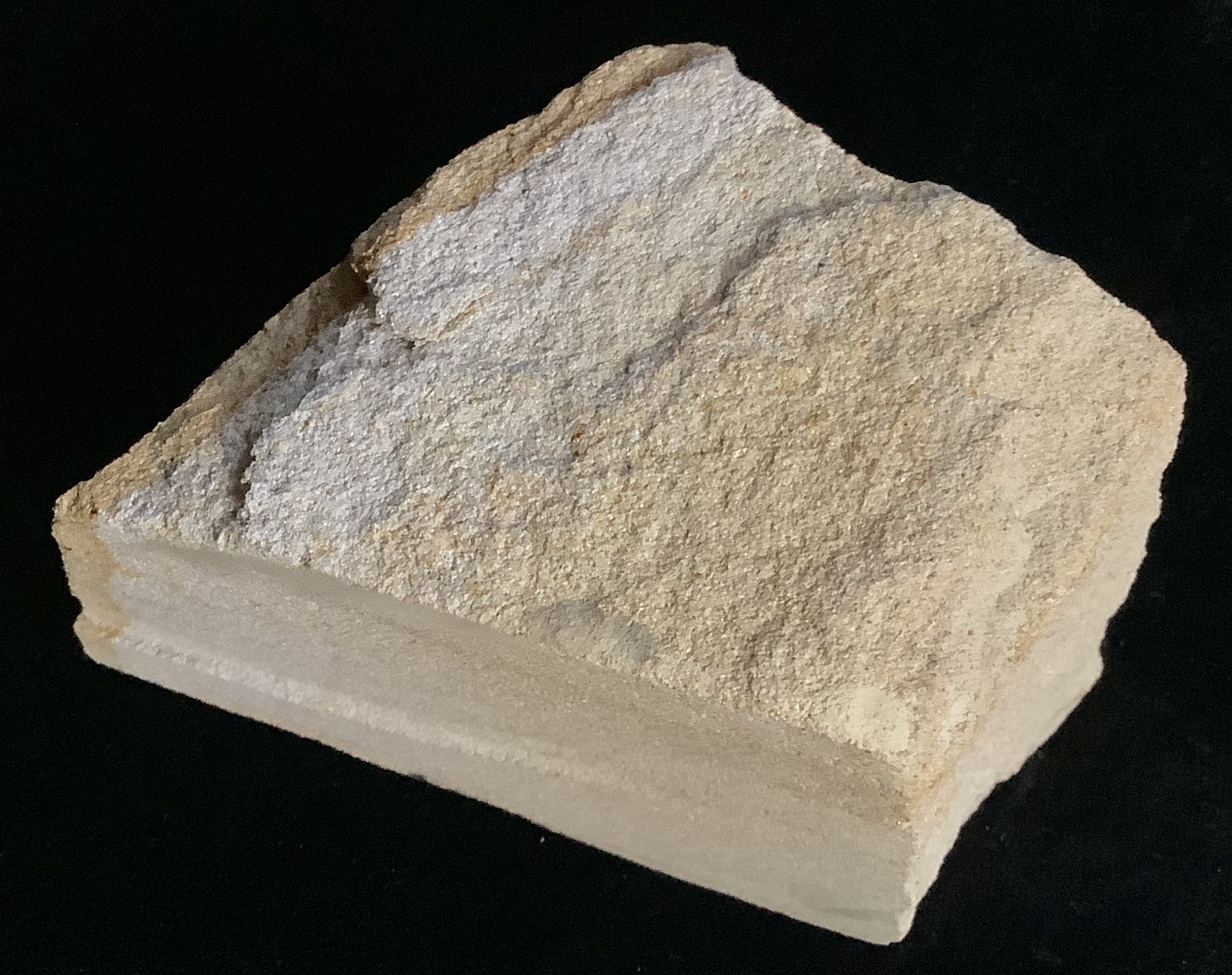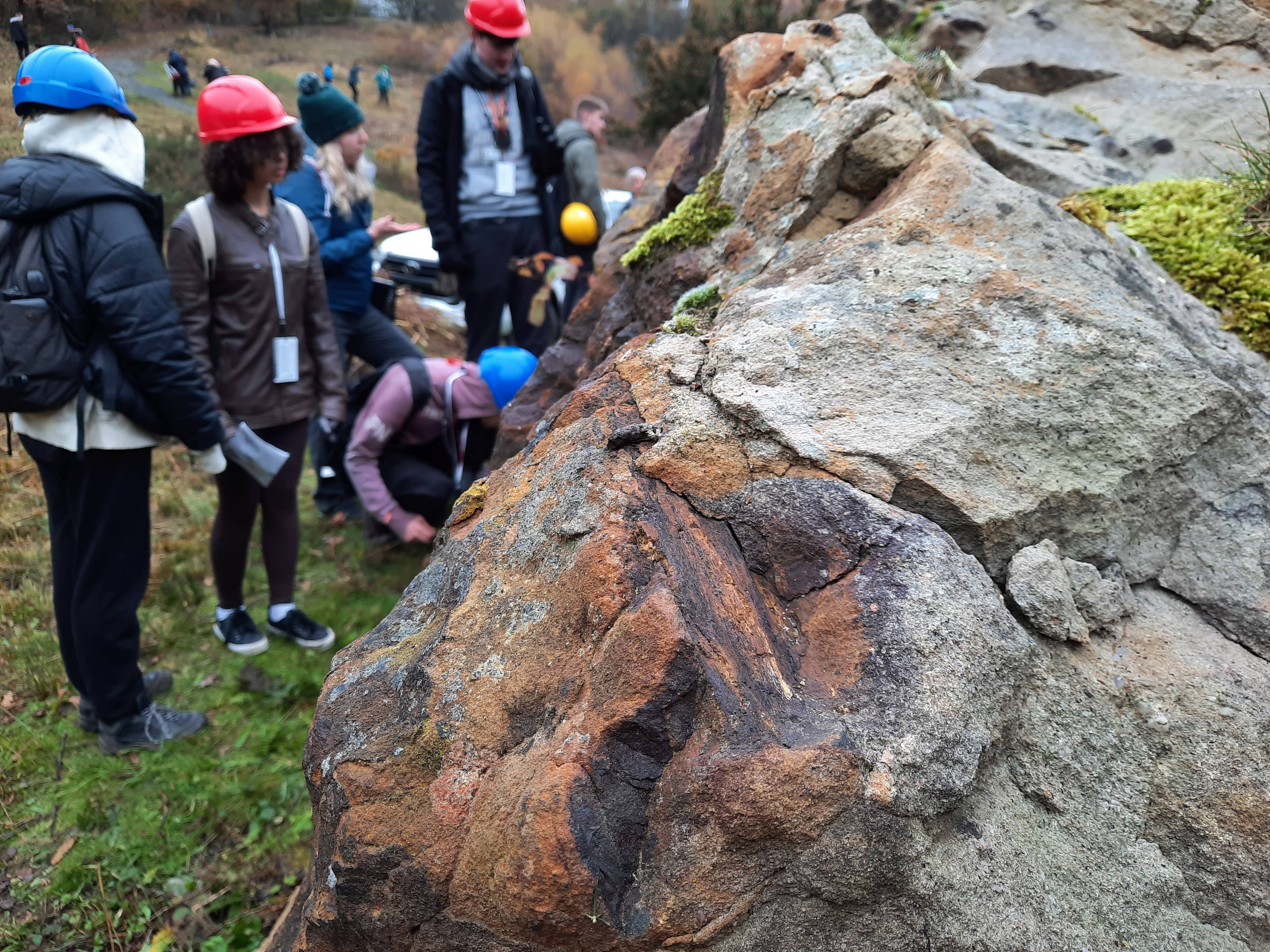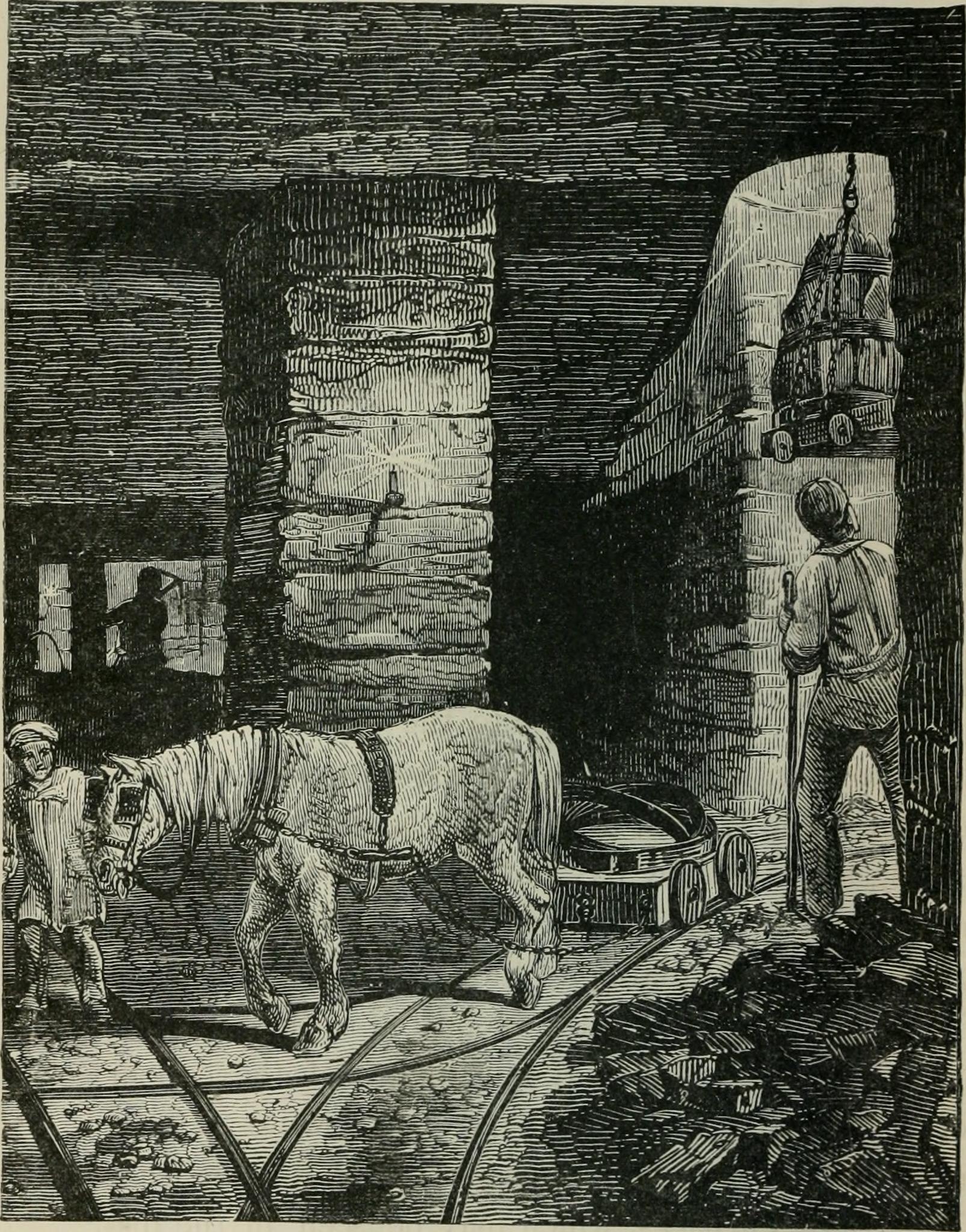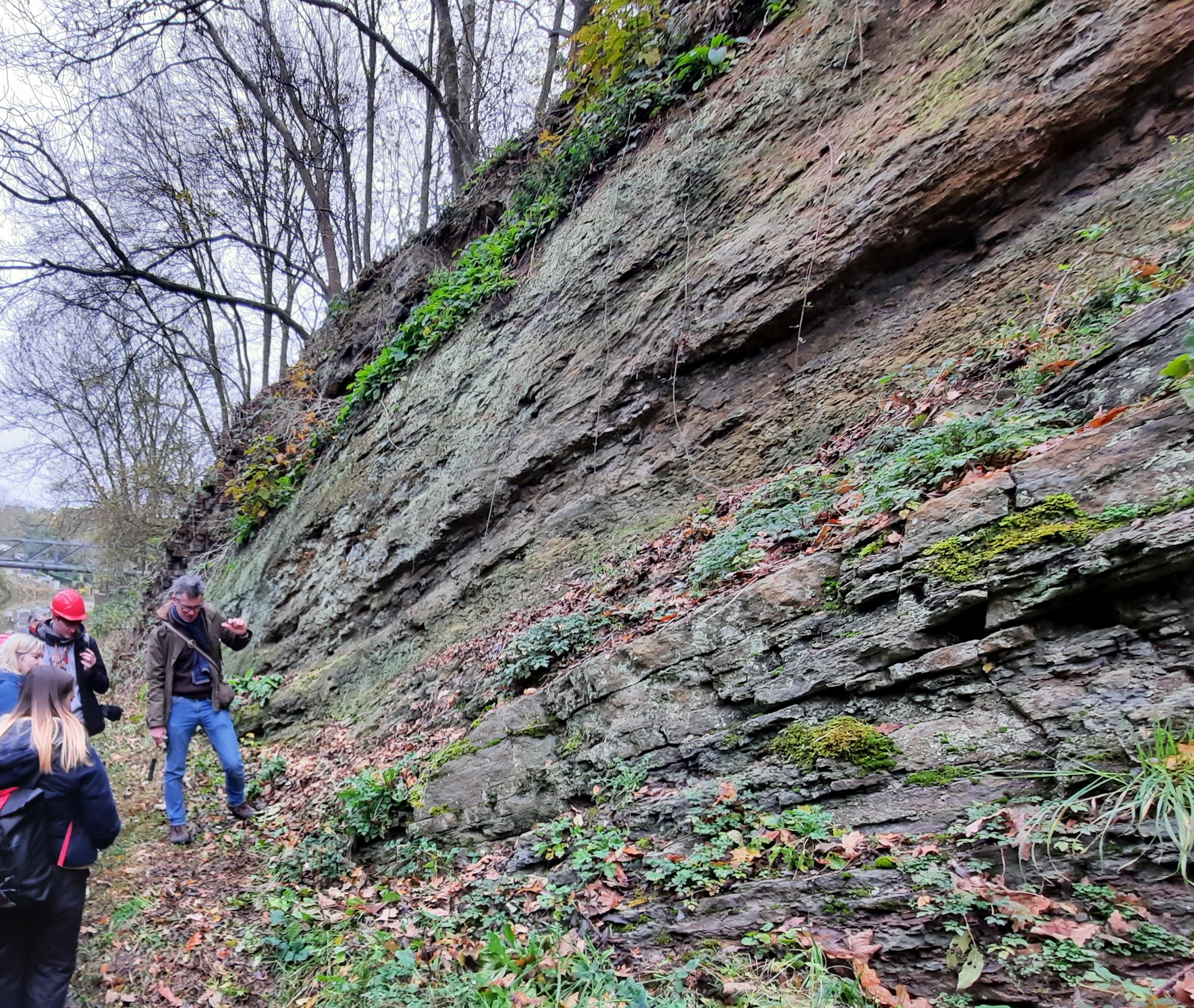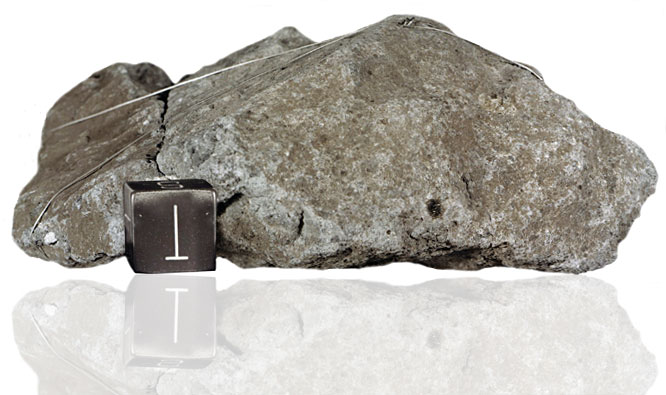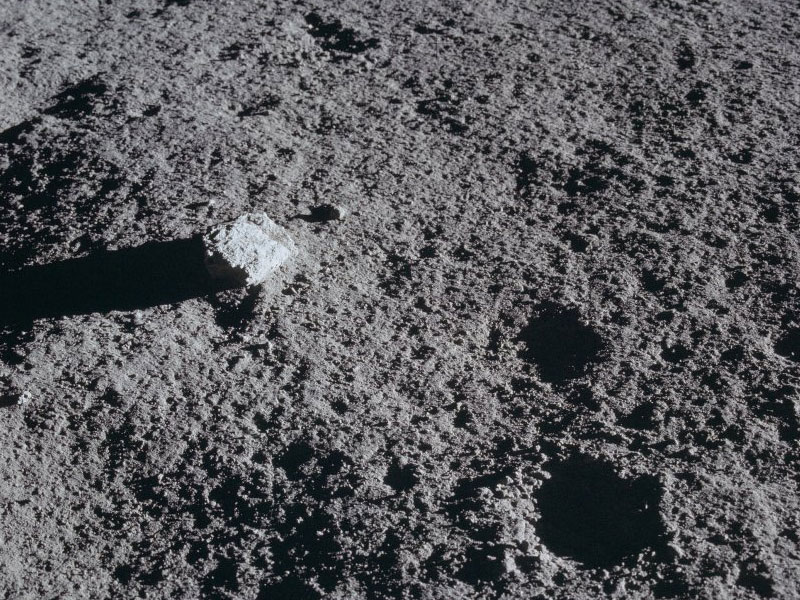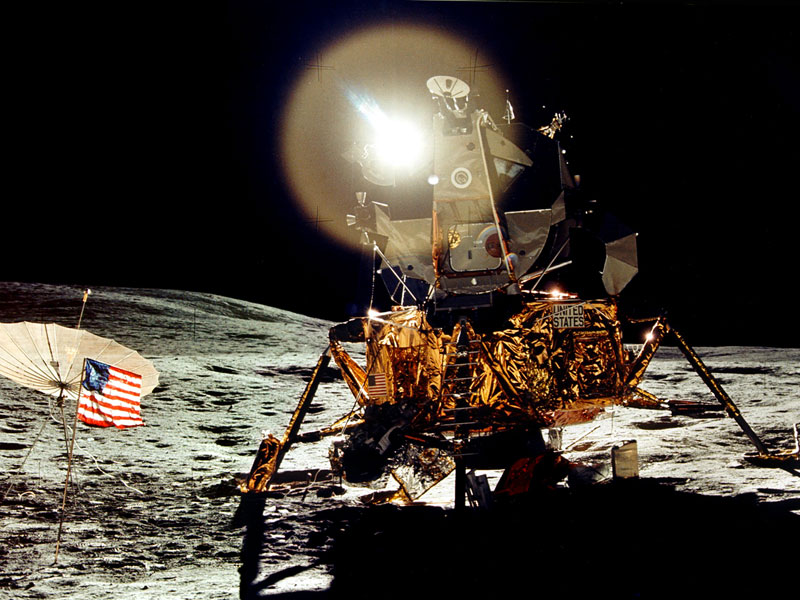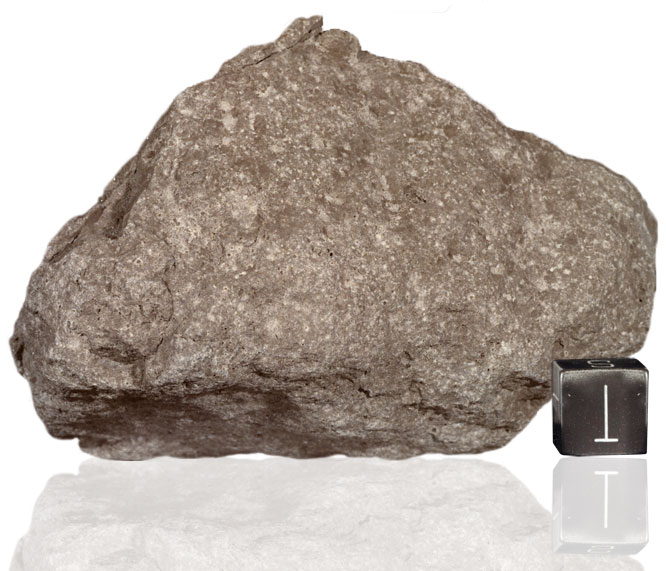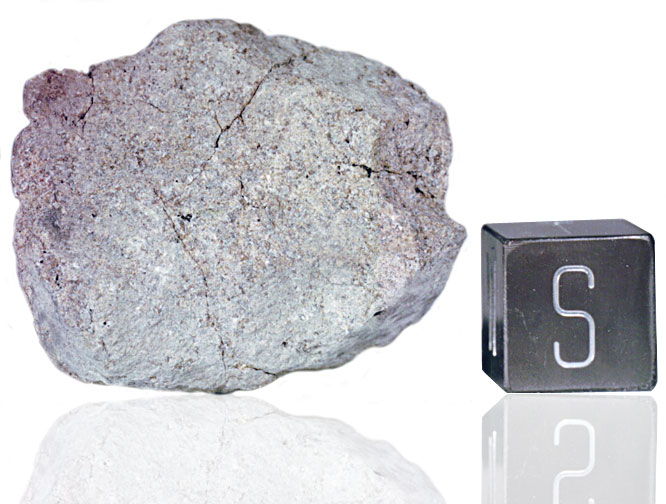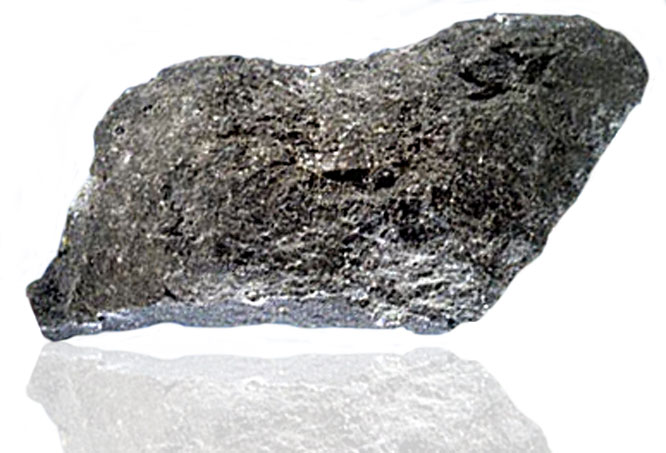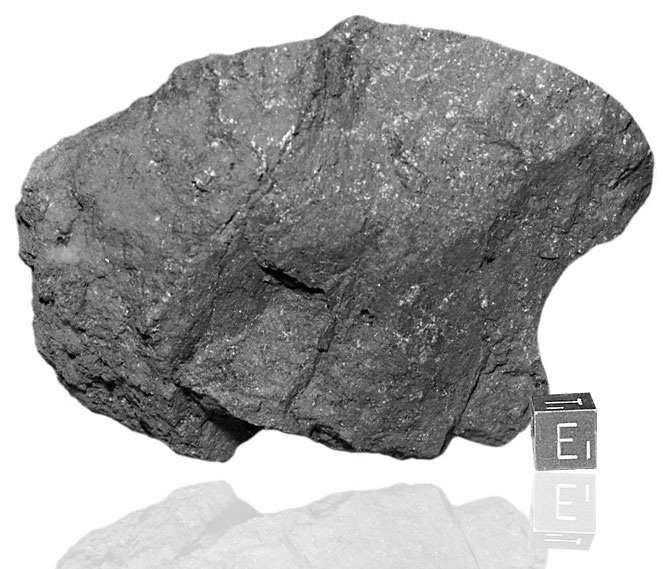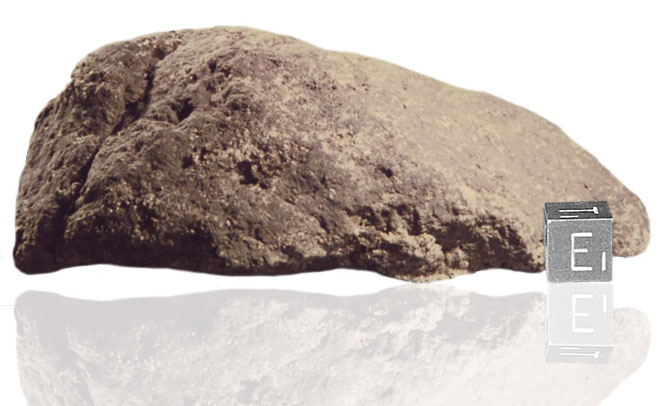Strata 10 Silurian Gornal Grit
Silurian Gornal Grit
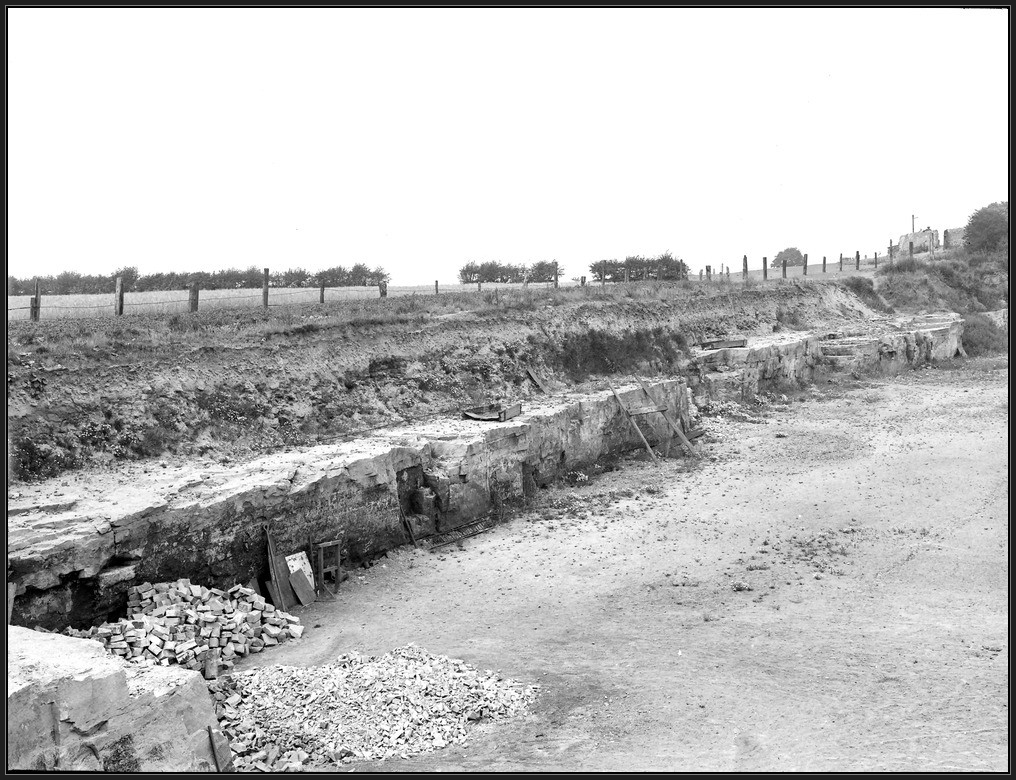
A type of sandstone laid down in a river delta 420 million years ago, it is one of the hardest and most durable rock types found anywhere in the Black Country. As a result, it was widely employed as a building stone in the local area – and can still be seen in numerous 19th century walls and churches.
The black-and-white photograph shows an oblique view of Ruiton Quarry in Upper Gornal in the summer of 1921, where the Gornal Grit was being worked for building stone. A pile of roughly dressed stone blocks is visible in the lower left.
